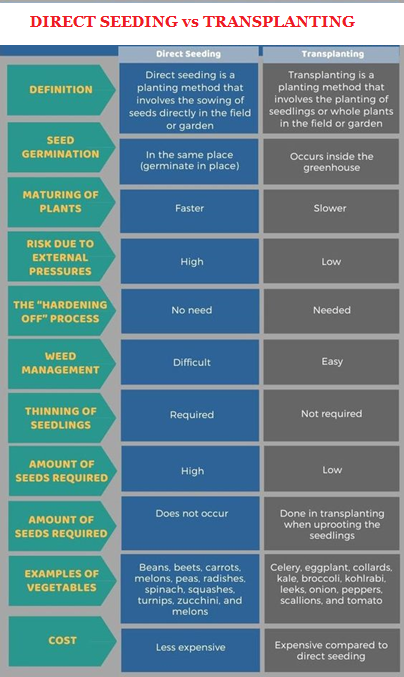Paddy
Transplanting of Rice
Direct Seeding of Rice (DSR)

Reference
The Indian Express | Paddy and the price of water
ICMR’s recent study says that India has 101 million people living with diabetes
Diabetes & its Types
Reference
The Indian Express | India has 101 million people living with diabetes
The new variation of Intersex-Inclusive Progress Pride Flag, a representation of the LGBTQIA+ community is increasingly being accepted by many organizations in India.
Pride flag
India’s case
Yogyakarta Principles recognise that all human beings are born free and equal in dignity and rights and can fulfil that precious birthright.
Reference
The Indian Express | The new Pride flag
The 6th round National Family Health Survey (NFHS), is scheduled to begin on July 1.
Anaemia
Anaemia in India
WHO standard on Haemoglobin diagnostic cut-off for
- Men - 14 gm/deciliter,
- Women 12 gm/decilitre
- Boys and girls - Between 11 and 12 gm/deciliter.
Reference
The Hindu | Can the new Diet and Biomarker Survey trace the roots of India’s anaemia problem
NASA’s Curiosity rover sends a beautiful postcard image from Mars.
687 Earth days = One Mars year
|
Mars Missions |
Countries |
|
Mangalyaan |
India |
|
Perseverance |
U.S. |
|
Hope |
UAE |
|
Tianwen-1 |
China |
|
Mars 2 and Mars 3 |
Russia |
|
Insights |
U.S. |
Reference
The Indian Express | NASA’s Curiosity rover sends a beautiful postcard